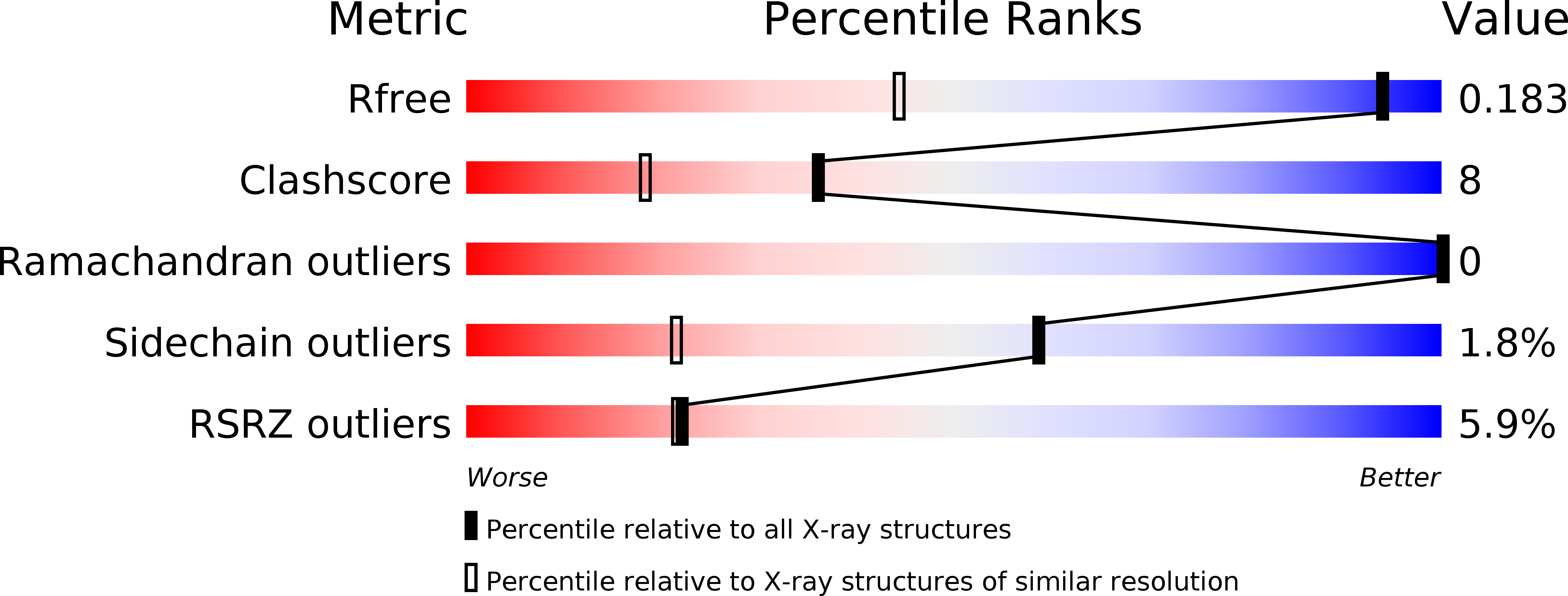
Deposition Date
2006-09-12
Release Date
2006-11-07
Last Version Date
2024-10-30
Method Details:
Experimental Method:
Resolution:
1.20 Å
R-Value Free:
0.17
R-Value Work:
0.13
R-Value Observed:
0.13
Space Group:
P 21 21 21


